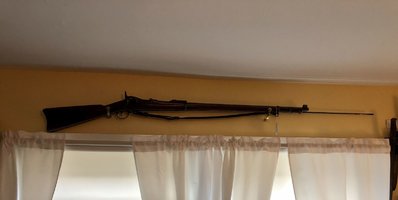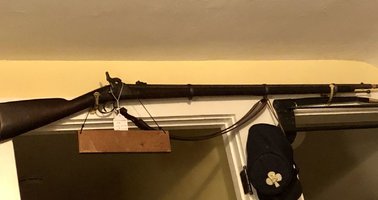D
Deleted member 67409
I recently purchased a stripped Winchester Model 1897 receiver. The seller stated that he would not ship to a 03. Didn't matter to me because I let mine lapse. Now, I'm seeing other sellers for other stripped receivers also refusing to ship stripped receivers to 03s. One states that stripped receivers are not C&R-eligible "per ATF." Anyone got any confirmation or is this bull?


